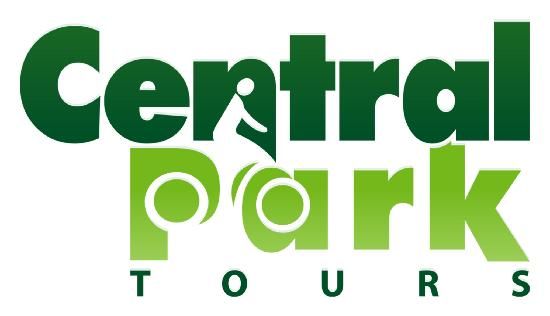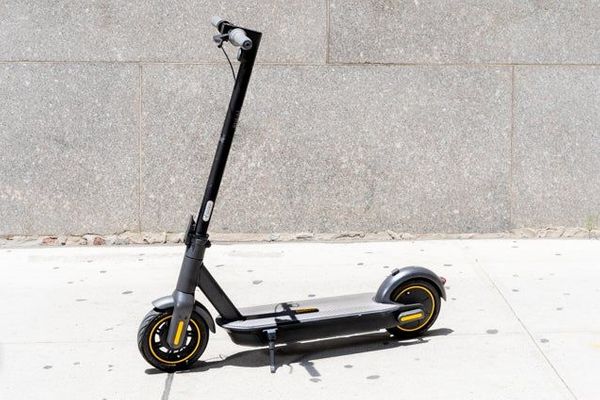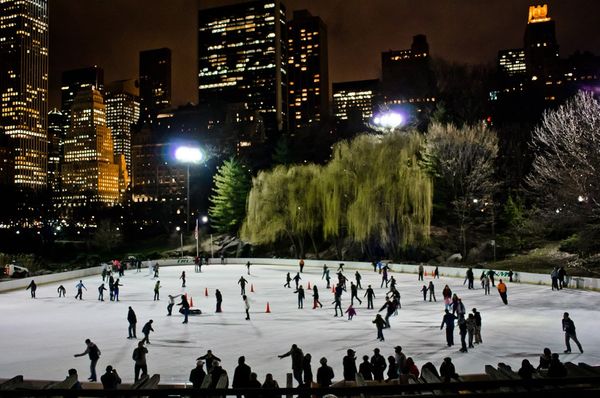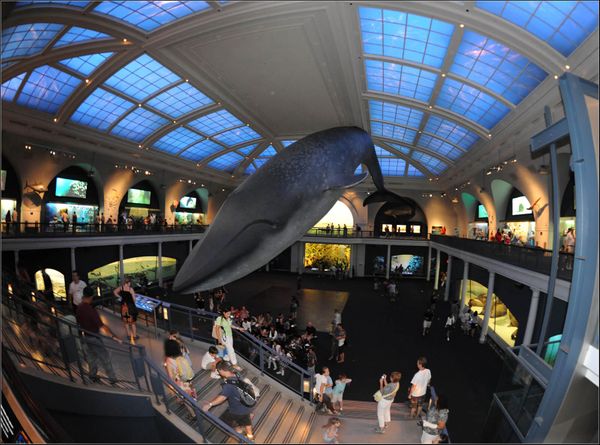History 102 Central Park form the dawn of the 20th century until today
So far we’ve introduced you to the first days of the park – the inception of the very idea, the design contest, the creation of the park, as well as with the first problems concerning it.
Central Park entered the new century with a lot of problems and controversy. Yet, the bad always comes along with the good. A lot of improvements were made on the park, a lot of people took its cause. The park got its new heroes.
Dawn of the 20th Century
This era is mostly known with the decline of the park due to political reasons. The line of Tammany mayors, that were in office in the early 20th century were rather indifferent towards the state of the park. A bright light of hope was the appointment of Samuel B. Parsons Jr. – a renowned landscape architect, apprentice of Calvert Vaux, and a founding member of the American Society of Landscape Architects. Given the position of New York City parks superintendent, he was tasked with restoring the nurseries of Central Park (1886). He closely followed the Greensward Plan and is credited for saving a lot of the park’s trees, preventing the placement of several large statues, and with the creation of Duke Ellington and Frederick Douglass Circles. However, he was discharged after a dispute over replacement of the park’s soil.
Early advocacy groups
The steady decline of the park led to the creation of several societies, dedicated to the preservation and the improvement of the park. Several park civic groups, such as Parks and Playground Association, Parks Conservation Association, and he Park Association of New York City were dedicated in preserving the original recreational character of the park, advocating against large infrastructural changes such as the building of a stadium, and an underground parking lot.
Several upgrades were made during this period. One of them is the placement of underground irrigation pipes under the design of Herman W. Merkel. Other upgrades, considered by him for preventing plant destruction and vandalism, were postponed due to the Great Depression. Another priceless asset of that time is the Heckscher Playground, built with the generous aid of philanthropist August Heckscher.
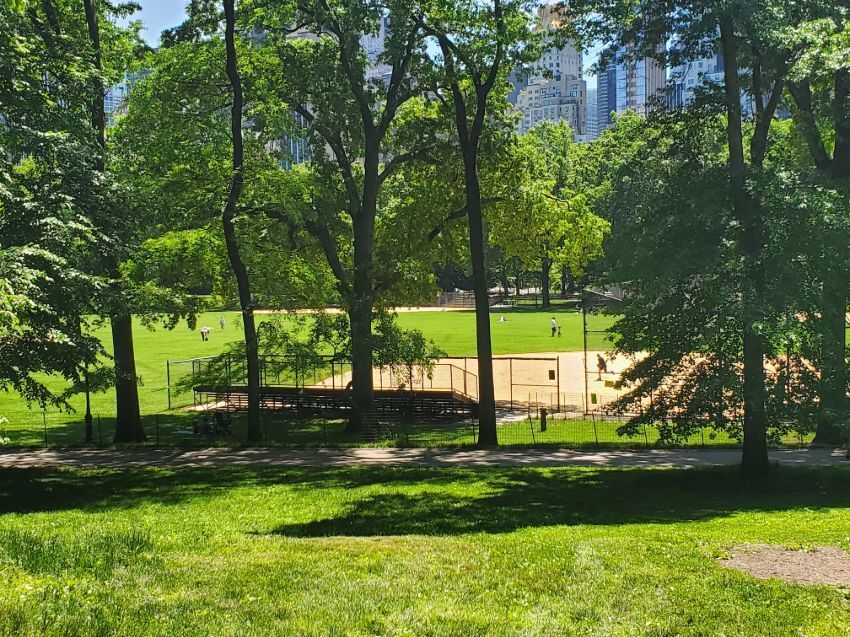
Moses rehabilitation
In 1934, newly elected Mayor Fiorello La Guardia placed Robert Moses as head of the unified park departments. His task was a heavy one – Central Park was in a state of heavy decline for around twenty years, with most of the flora dying (or already dead) and a serious peak in vandalism. His biographer – Robert Caro, said "The once beautiful Mall looked like a scene of a wild party the morning after. Benches lay on their backs, their legs jabbing at the sky..."
Moses’ management was a dynamic period involving a lot of plant restoration, the creation of the modern zoo in the Arsenal, replanting of trees and bushes and a lot of infrastructural repairs. Some of his bigger projects included the removal of the "Hoover valley" and replacing it with the Great Lawn, the creation of the Wollman Rink, and evicting the sheep form the Sheep Meadow in order to open the Tavern on the Green. Moses’ administration wasn’t without controversy, like the one from 1956 when he wanted to build a parking lot next to the Tavern, but was opposed by a group of mothers that wanted a wooded hollow. Moses proceeded to open the construction of the lot after the park closed for the night and was stopped only with a lawsuit.
Robert Moses left his position in 1960. He is regarded as the most influential and successful head of the parks department. Eight men changed at his position in the next twenty years. This, with the addition of the turbulent social and economic changes that went in New York have led to the second decline in Central Park’s history.
The 60’s and the 70’s – era of popular events and declines
The 1960’s are known as “The Event Era” in Central Park’s history, mostly thanks to commissioners Thomas Hoving and August Heckscher. Their idea was that the park should become a symbol of both urban revival and the counterculture. So, The Great Lawn and Sheep Meadow turned into stages for the New York Philharmonic Orchestra and the Metropolitan Opera. Shakespeare in the Park festival found its home in the Delacorte Theater. Gatherings such as the "love-ins" and "be-ins" were trending, and rock concerts were becoming more and more popular.

The late 70’s marked the establishment of the Central Park Conservancy. A non-profit organization, created to tackle the increasing decline of the park in the face of soil erosion and vandalism. The Conservancy was governed by a Central Park administrator and a board of citizens, and was responsible of managing the Central Park Community Fund, created with the sole purpose to fight the mentioned problems.
The 80’s and up until the 21st century
With the Central Park Conservancy (CPC) at the steering wheel, Central Park went into an age of drastic improvement. The CPC hired a team that addressed the dire needs of the park, and they started by renovating the Dairy, turning it into the first visitor center in the park. The first restored landscape was the Sheep Meadow, followed by the repairs on Bethesda Terrace and Fountain, the USS Maine National Monument, and the Bow Bridge. Belvedere Castle reopened and the Zoo was closed for a complete renovation. This was all made possible by the 10-year, $100 million "Central Park Management and Restoration Plan", announced in 1981.
In 1985 the CPC launched the first capital campaign with a 15-year long restoration plan. Grand Army Plaza and the police station at the 86th Street transverse were renovated in the following years, along with the Zoo and the Wollman Rink. The new addition was the building of the Conservatory Garden.
The second capital campaign, announce in 1993 included mostly the northern side of the park with planned repairs of the Mall, the Harlem Meer, and the North Woods. It also included the construction of the Dana Discovery Center. Most of the park-related affairs went under the control of the CPC in the late 20th and early 21st century.
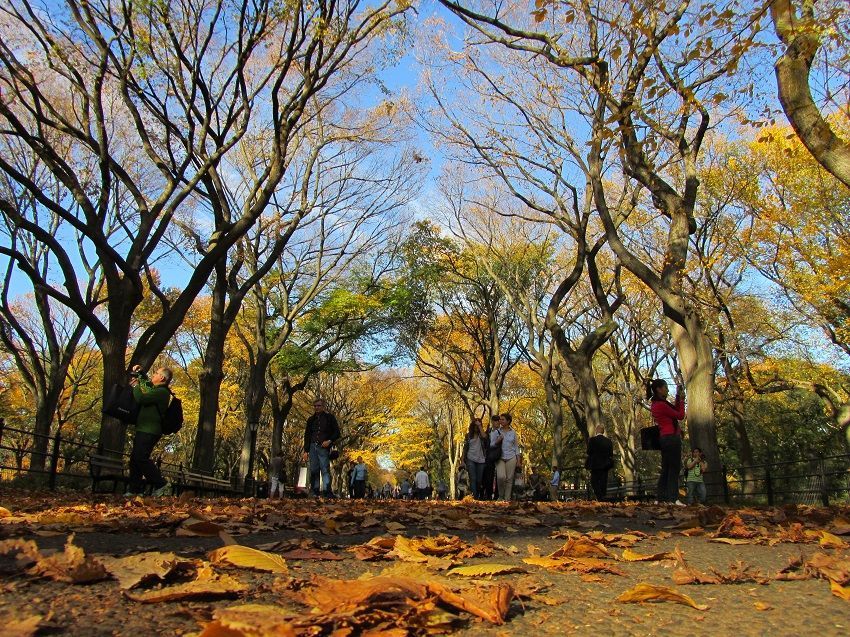
Central Park today
Renovations continued in the early 21st century with the restoration of the Pond and upgrades around the Reservoir and Bethesda Arcade.
The repairs of the Ramble and Lake were complete in 2012, as well as Bank Rock Bridge and the Gil. In 2015, Mayor Bill de Blasio announced the closure of West and East Drives north of 72nd Street. Those in the South were closed in 2018.
Belvedere Castle was closed in 2018, and reopened in 2019. But renovations keep going. Delacorte Theater and and Lasker Rink would be closed for renovations in 2020 and 2021 respectively. And due to the most recent events, regarding the COVID – 19 outbreak, a field hospital was opened to aid the effort of nearby medical facilities.
Conclusion
There is nothing new in Central Park today. Flowers are blooming, the trees are getting greener, the birds are singing. But the people are missing. Yet, this is one of the perils Central Park will prevail in its long and turbulent history. Soon enough people will return to the park and it will be as ecstatic and joyful as always. It will have its soul back. But until then stay home and keep yourself and your loved ones safe. We at Central Park Tours have the obligation to give you entertaining content to make your time home more pleasant.
